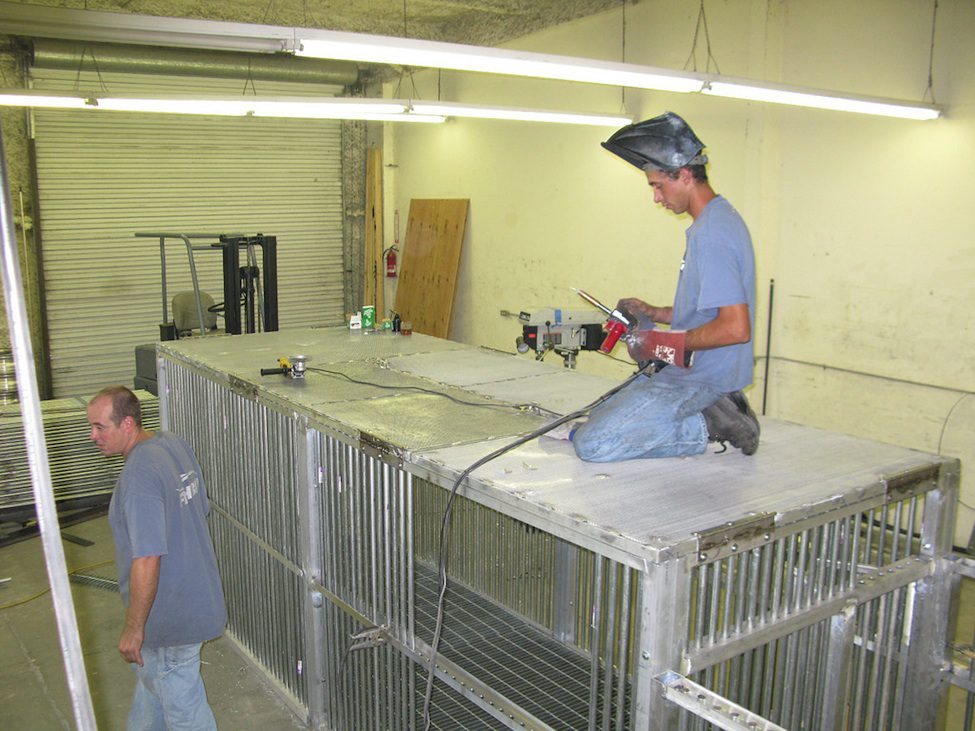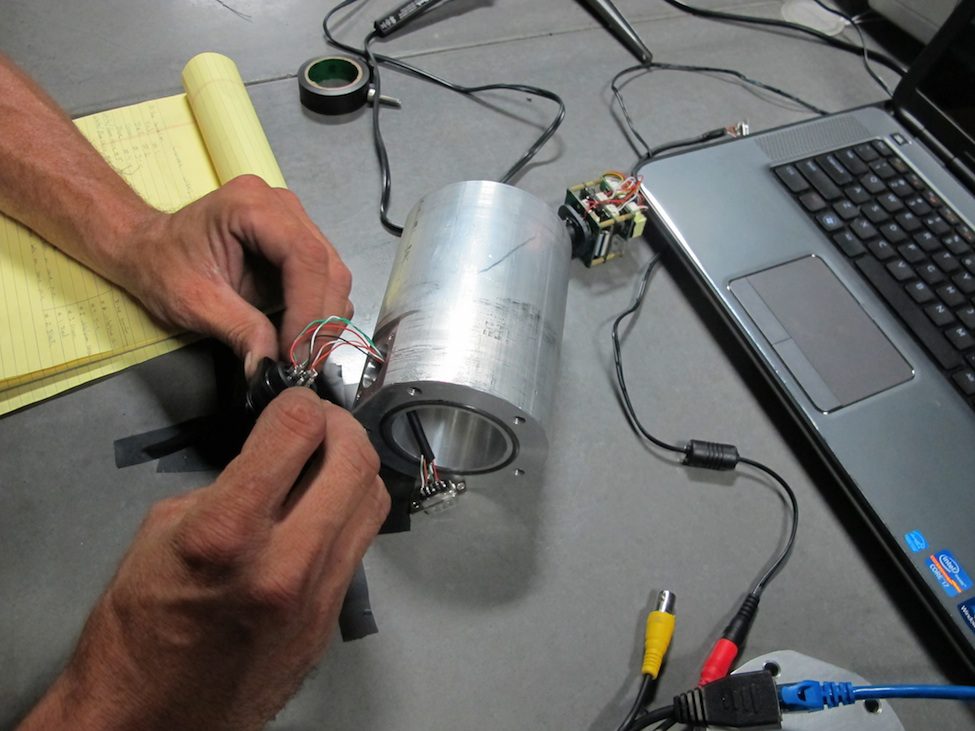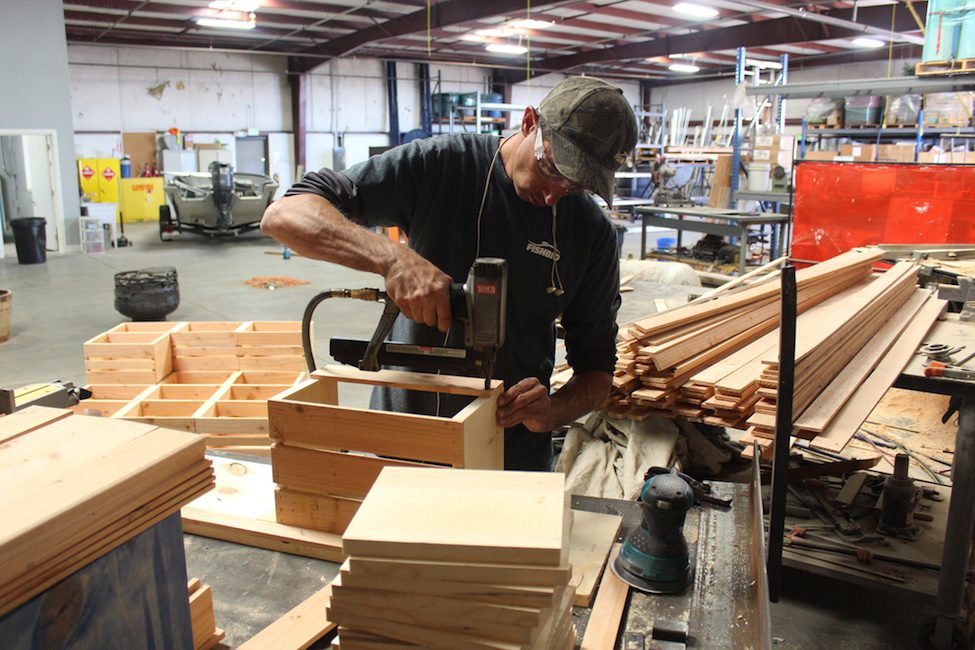Wednesday August 31, 2016
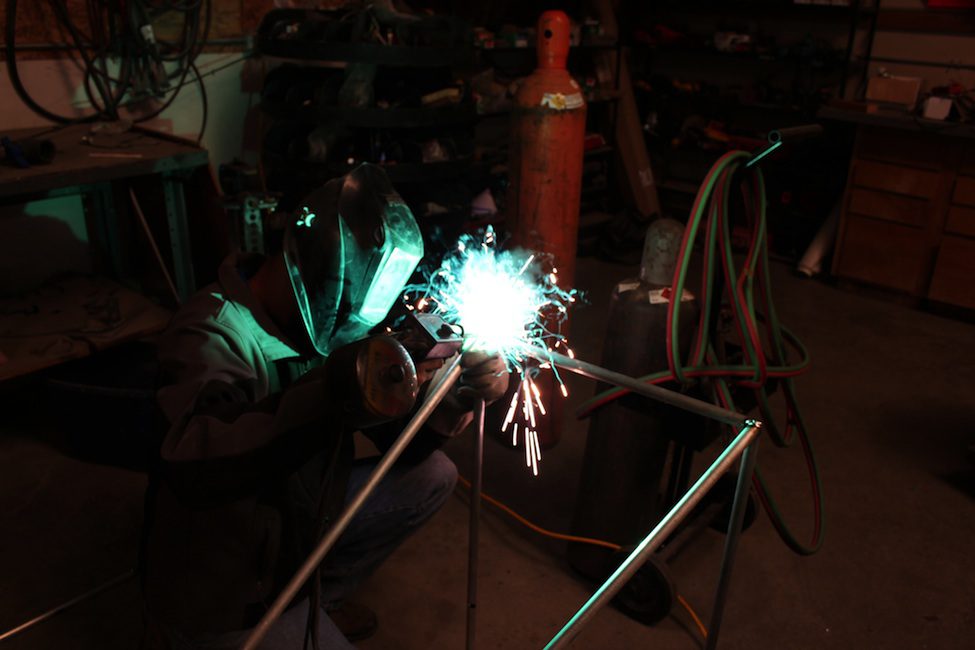 At FISHBIO, we’re proud of our ability to find creative solutions to complicated projects, and there is no better example over our 10-year history than some of the products and services provided by our FABLAB. Through the years, this creative group of technicians has created everything from the arbors and garden beds in the backyard of our Oakdale office to a pair of the largest PIT tag antenna arrays ever built. As discussed in a previous post, moving to our current Oakdale office provided a much-needed increase in workspace, which opened up some amazing endeavors. As FISHBIO’s 10th anniversary approaches, we wanted to spotlight this integral part of our team and highlight some of their most notable achievements.
At FISHBIO, we’re proud of our ability to find creative solutions to complicated projects, and there is no better example over our 10-year history than some of the products and services provided by our FABLAB. Through the years, this creative group of technicians has created everything from the arbors and garden beds in the backyard of our Oakdale office to a pair of the largest PIT tag antenna arrays ever built. As discussed in a previous post, moving to our current Oakdale office provided a much-needed increase in workspace, which opened up some amazing endeavors. As FISHBIO’s 10th anniversary approaches, we wanted to spotlight this integral part of our team and highlight some of their most notable achievements.
One FABLAB project helped us take our first steps toward creating the Oakdale office’s wetlab –the construction of our first testing tank, a fish raceway. Otherwise known as a flume, this type of tank can be used to circulate water in a way that simulates natural, flowing water conditions. Originally constructed to help test a new monitoring system developed by the U.S. Forest Service, the raceway has since been used test our own monitoring systems, run diagnostics on our Riverwatcher systems prior to installation, and conduct temperature studies. This project was also one of the first to begin our love/hate relationship with fiberglass construction.
Fiberglass played a key role in one of our more monumental achievements: the construction of two monolithic PIT tag arrays. The two king-sized antennas, measuring 12- and 14-feet tall, were constructed out of layers of fiberglass and Kevlar in order to provide the proper strength to monitor discharge flows as high at 12.1 feet/second and 1,072 cubic feet per second. After much speculation as to whether or not the arrays would be able to stand up to such abuse, they proved to be an overwhelming success by effectively monitoring 99% of all flows encountered, and detected more than 90% of passing PIT tags. The resounding success of the project was a welcome reward for our tireless fabrication team, who spent many early mornings and late nights to assemble these monsters.
One of our most recent fabrication successes developed from the need for an effective monitoring solution in the streams of the remote, high desert of Nevada. The Paiute Tribe of the areas around Summit Lake, Nevada, had contacted us looking for a way to monitor not only adult-size fish, but juveniles as well. As a result, we developed the Smolt Spy, an automated camera array that can be adapted to monitor a wide variety of fish passage installations. Our first fully custom piece of monitoring equipment is capable of automatically detecting motion, thereby reducing the need to review countless hours of video footage to record fish passages. We now modify the Smolt Spy to create individually designed systems tailored to the needs of many unique projects.
Throughout our history, the FABLAB has helped us earn a place as a leader in industry technologies, and we have proven our ability to build unique projects designed specifically to our clients’ needs. These three projects are just a few examples of what our team has accomplished over this past decade – check out our FABLAB webpage to learn more. Given the rapid evolution of technology each year, we anticipate new and exciting projects will continue to roll off the line in years to come.
This post is one in our series FISHBIO Turns Ten! Help FISHBIO celebrate ten years by joining us for the 2016 5K Salmon Run in Chico’s Bidwell Park on September 24. Register now!
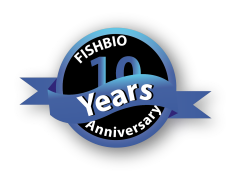 This post is one in our series FISHBIO Turns Ten! Help FISHBIO celebrate ten years by joining us for the 2016 5K Salmon Run in Chico’s Bidwell Park on September 24. Register now!
This post is one in our series FISHBIO Turns Ten! Help FISHBIO celebrate ten years by joining us for the 2016 5K Salmon Run in Chico’s Bidwell Park on September 24. Register now!


